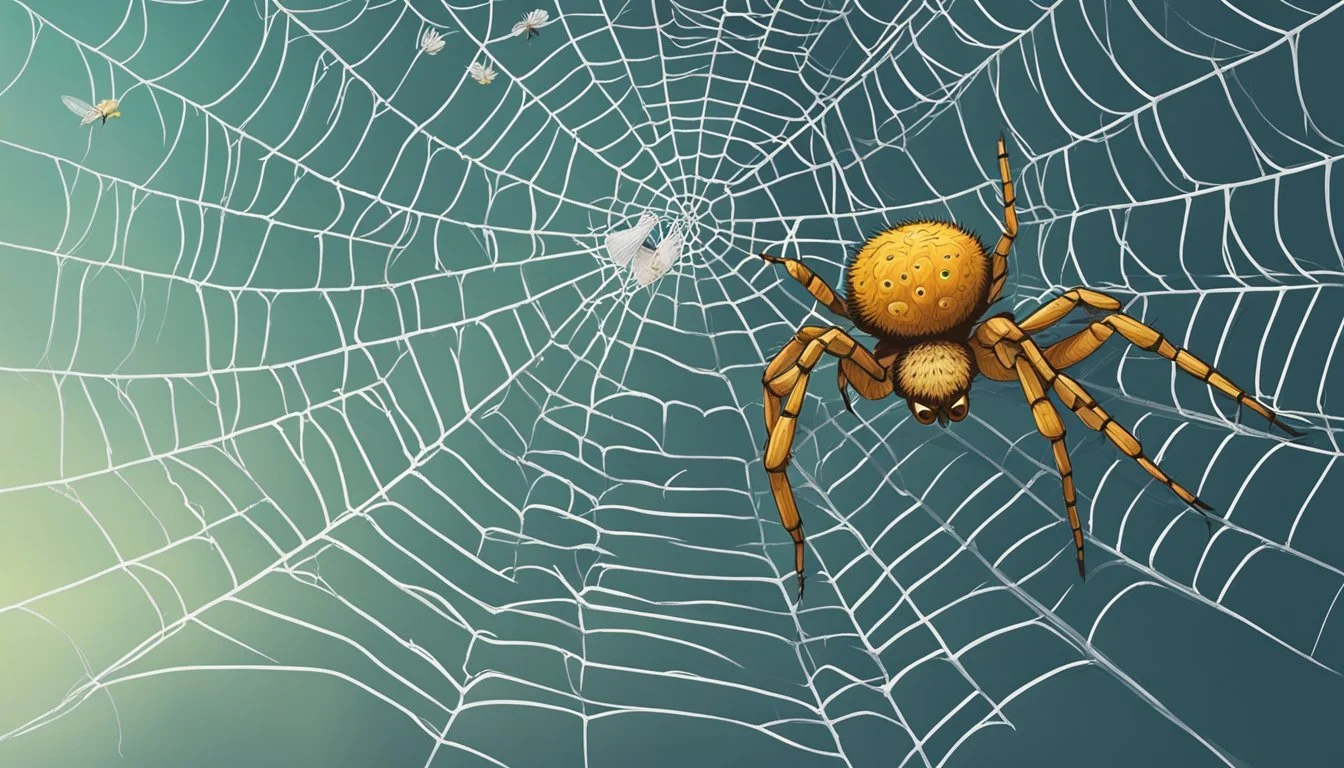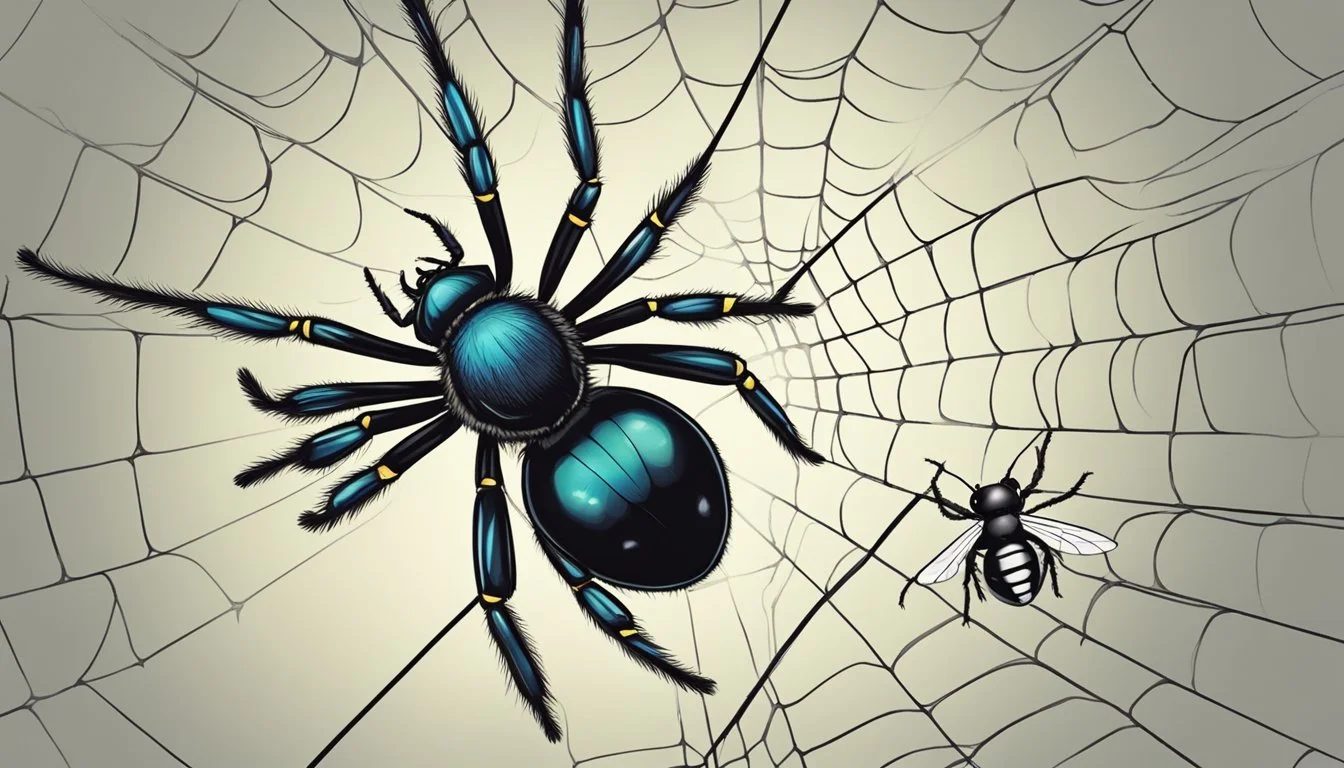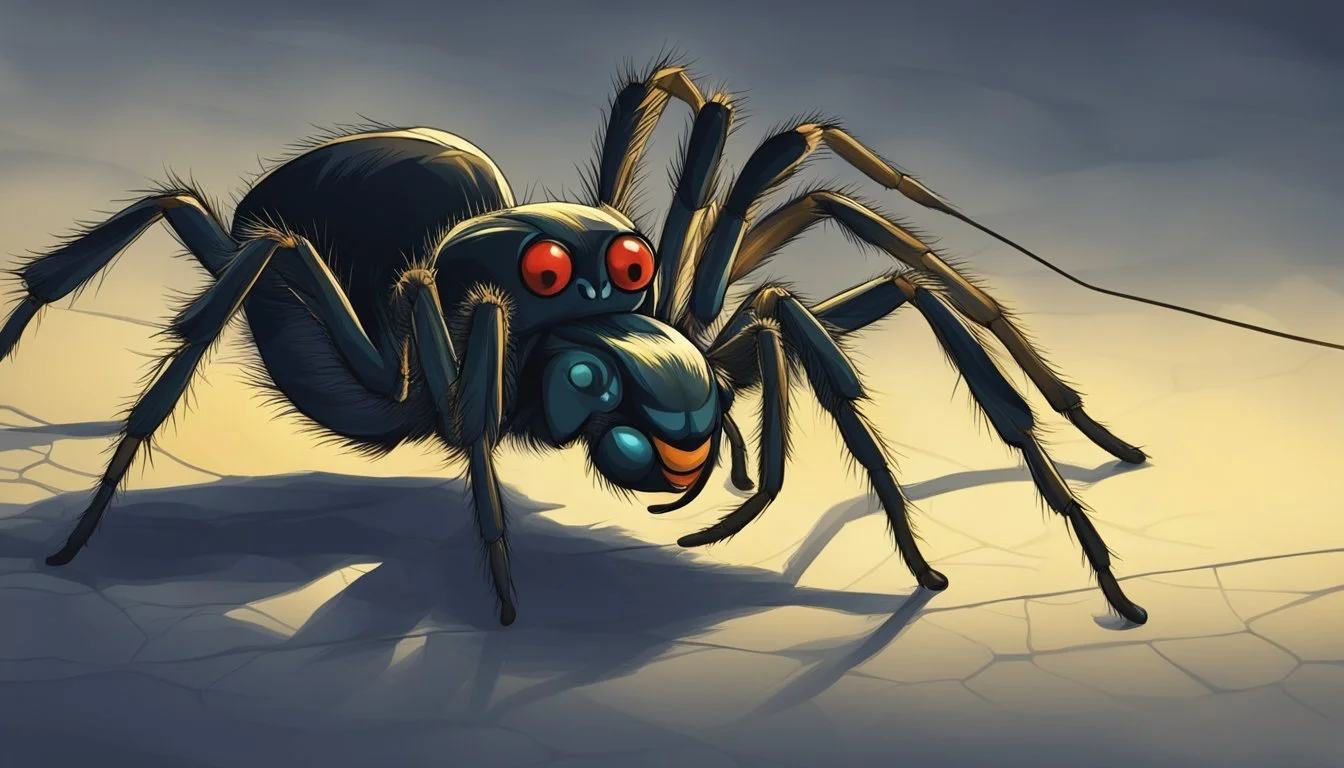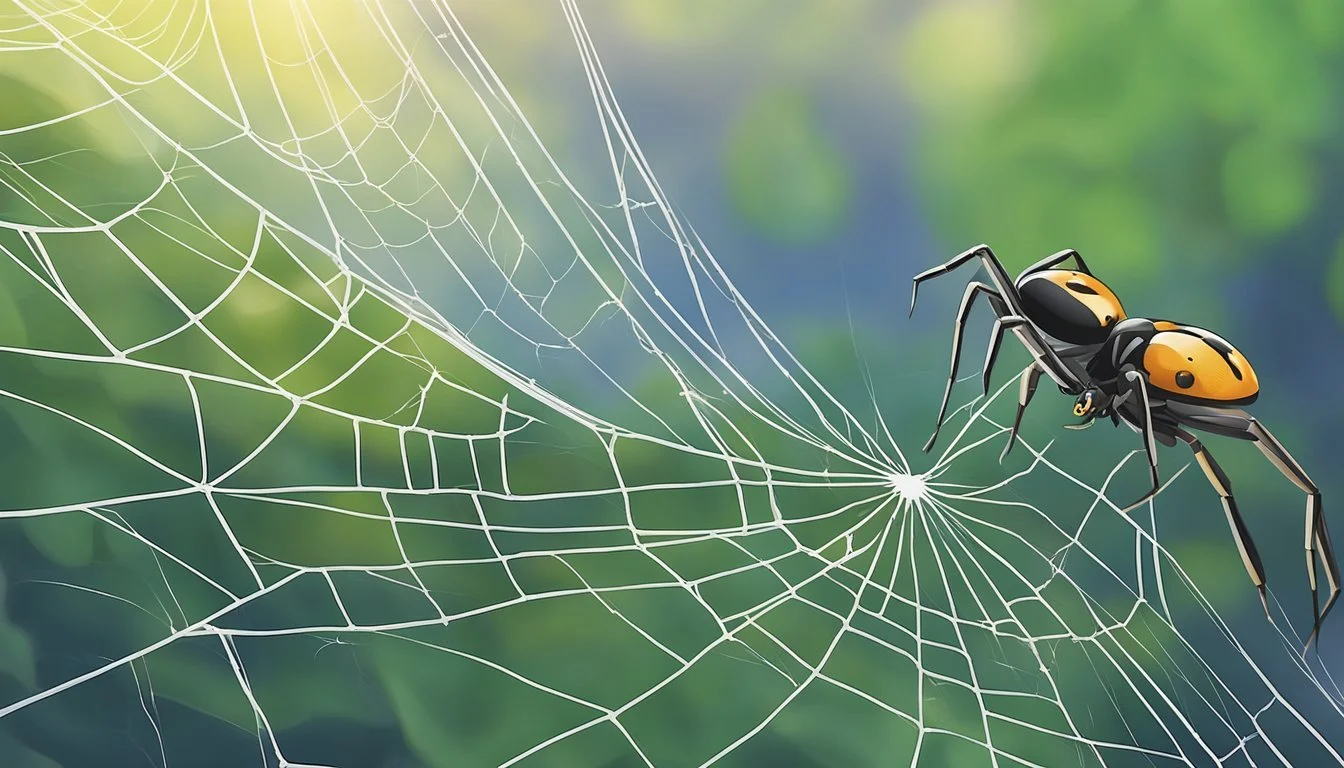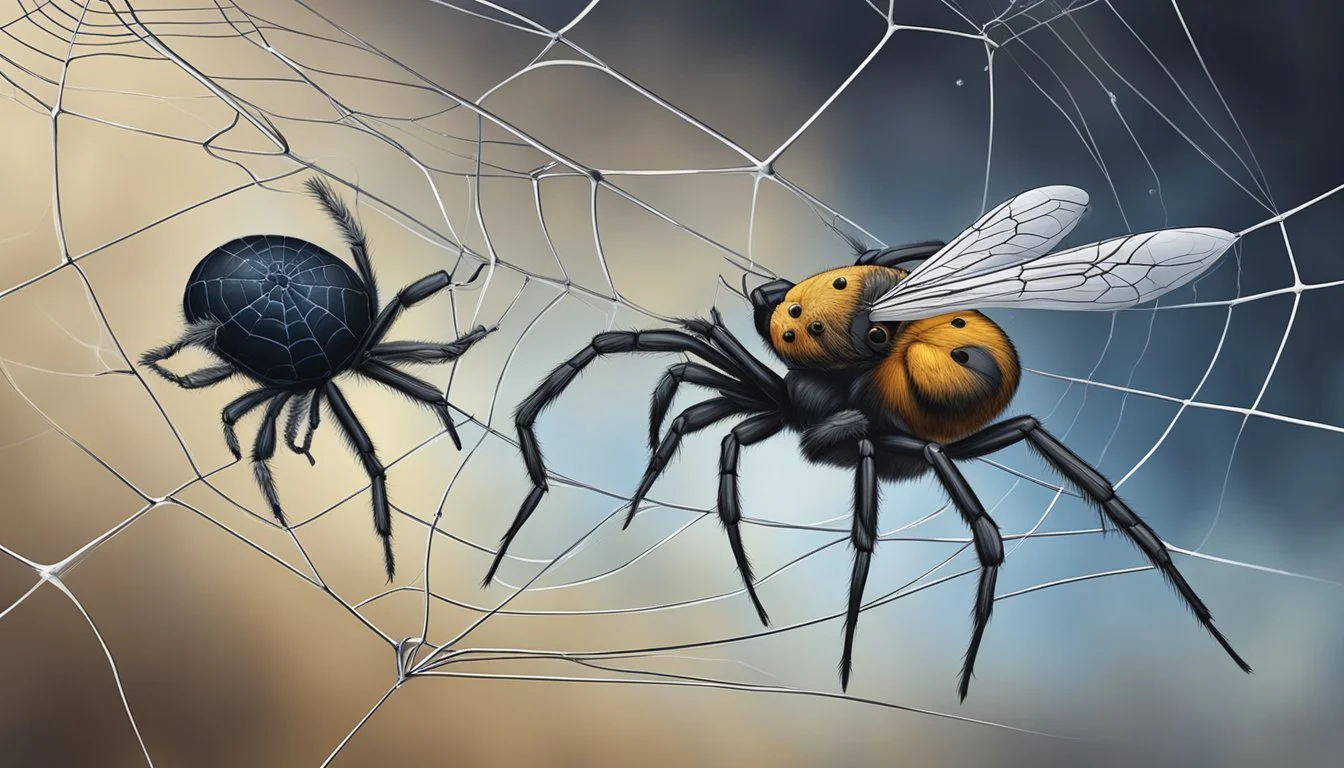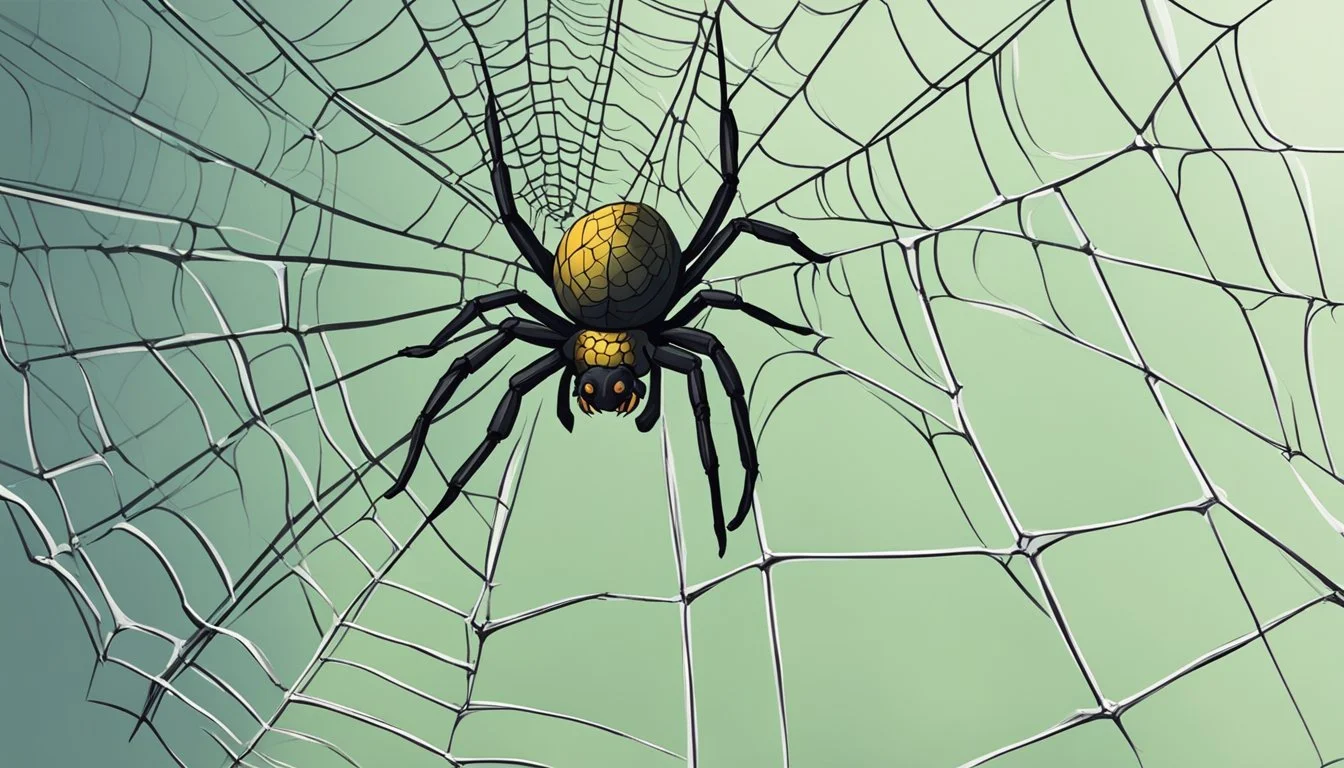The Spider and the Fly: Claudia Rowe's Haunting True Crime Investigation
Claudia Rowe's "The Spider and the Fly" is a gripping true crime memoir that explores the complex relationship between a journalist and a serial killer. Published in 2017, the book delves into Rowe's correspondence with Kendall Francois, known as "The Poughkeepsie Killer," who murdered eight women in the late 1990s.
Rowe's unique approach to the genre blends investigative journalism with personal introspection, creating a narrative that goes beyond the typical true crime account. She examines not only the details of Francois's crimes but also her own motivations for pursuing the story and the psychological impact of their interactions.
The book raises thought-provoking questions about the nature of evil, the boundaries of journalistic ethics, and the human capacity for understanding those who commit horrific acts. Rowe's candid exploration of her own past and vulnerabilities adds depth to the narrative, making "The Spider and the Fly" a compelling example of literary true crime.
Author and Background
Claudia Rowe, an accomplished journalist, embarked on a compelling journey to explore the mind of a serial killer. Her professional experiences and personal motivations shaped the creation of "The Spider and the Fly."
Claudia Rowe's Career
Claudia Rowe built a successful career as a reporter, working for prestigious publications like The New York Times. Her journalistic pursuits focused on crime and social issues, honing her investigative skills.
Rowe's background in covering complex stories prepared her for the challenging task of delving into the psyche of a murderer. Her work often explored the depths of human behavior and societal dynamics.
The Genesis of the Book
"The Spider and the Fly" emerged from Rowe's encounters with Kendall Francois, a serial killer who murdered eight women in Poughkeepsie, New York. The project began when Rowe was assigned to cover the case for The New York Times.
Intrigued by Francois, Rowe initiated a correspondence that lasted for years. This unusual relationship became the foundation for her book. Rowe's personal fascination with understanding evil and her own past experiences drove her to pursue this story beyond her initial reporting duties.
Overview of the Case
Kendall Francois, a community college student in Poughkeepsie, committed a series of brutal murders that shocked the local community. His victims were eight women whose lives were tragically cut short.
Kendall Francois' Crimes
Kendall Francois targeted vulnerable women in Poughkeepsie, New York, between 1996 and 1998. He lured his victims to his family home, where he strangled them to death. Francois managed to keep his crimes hidden for years, living a seemingly normal life as a community college student.
The murders came to light in September 1998 when police discovered the bodies of eight women in Francois' residence. He had concealed the remains in the attic and basement of the small colonial house he shared with his parents and sister.
The Victims of the Murders
Francois' victims were primarily women involved in sex work. The eight women he murdered ranged in age from 25 to 51. Their disappearances had caused concern in the community for years, but the full extent of the crimes remained unknown until Francois' arrest.
The victims' names were:
Wendy Meyers
Gina Barone
Catherine Marsh
Kathleen Hurley
Mary Giaccone
Sandra French
Audrey Pugliese
Catina Newmaster
These women left behind families and friends who mourned their loss. The case highlighted the vulnerability of marginalized individuals and the impact of violent crimes on communities.
The Book's Central Themes
"The Spider and the Fly" explores the complex interplay between a journalist's pursuit of truth and the dark realities of human nature. It delves into the psychological depths of both the investigator and the investigated.
Investigation and Obsession
Claudia Rowe's intense fascination with serial killer Kendall Francois drives the narrative. Her relentless pursuit of understanding leads her down a path of obsession. She exchanges letters and conducts interviews with Francois, seeking to unravel the enigma of his crimes.
The book examines the thin line between professional curiosity and personal involvement. Rowe's investigation becomes all-consuming, affecting her relationships and mental state. Her quest for answers raises ethical questions about the nature of journalistic inquiry and the potential costs of getting too close to one's subject.
Darkness and Humanity
Rowe grapples with the existence of evil and the capacity for violence within seemingly ordinary individuals. The book confronts readers with uncomfortable truths about human nature and the potential for darkness that may lurk beneath the surface.
Through her interactions with Francois, Rowe explores the complexities of empathy and revulsion. She struggles to reconcile the monstrous acts committed by Francois with moments of apparent normalcy in their exchanges. This juxtaposition challenges readers to consider the humanity present even in those who commit heinous crimes.
The author also examines her own past experiences with violence, drawing parallels between her life and Francois's. This self-reflection adds depth to the exploration of how trauma and darkness can shape a person's life trajectory.
Narrative Structure and Style
Claudia Rowe crafts a compelling narrative that blends memoir, true crime, and psychological exploration. The book's structure and style create a gripping reading experience that delves into the complexities of human nature and the impact of violent crime.
Literary Elements
Rowe employs a non-linear storytelling approach, weaving together her personal experiences with the investigation of Kendall Francois's crimes. She uses vivid descriptions and rich imagery to bring scenes to life.
The author incorporates elements of psychological thriller and suspense, building tension throughout the narrative. Rowe's use of dialogue, particularly in her conversations with Francois, adds depth and authenticity to the story.
Her prose is introspective and analytical, reflecting her journalistic background while maintaining a literary quality.
Psychological Depth
Rowe delves into the psychological aspects of both the killer and herself. She explores Francois's motivations and mental state, attempting to understand the factors that led to his crimes.
The author also examines her own psychological journey, questioning her fascination with Francois and the impact of immersing herself in such a dark subject.
Rowe's introspection adds layers of complexity to the narrative, transforming it from a straightforward true crime account into a nuanced exploration of human psychology.
The book balances factual reporting with emotional depth, creating a thought-provoking examination of morality, empathy, and the nature of evil.
Relationship Between Reporter and Killer
Claudia Rowe's interactions with serial killer Kendall Francois spanned four years, evolving into a complex and provocative relationship. Their exchanges were marked by a power struggle, with both parties attempting to exert control.
Claudia Rowe's Connection with Kendall
Rowe, a reporter, initiated contact with Francois while investigating his crimes. Their correspondence began through letters and eventually progressed to in-person visits. Rowe's fascination with Francois stemmed from her desire to understand the mind of a killer.
She sought to uncover the motives behind his actions and explore the nature of evil. Their conversations delved into Francois' past, his crimes, and his perspectives on life and death. Rowe's journalistic curiosity drove her to maintain the connection, even as it became increasingly intense and personal.
Manipulation and Control
The relationship between Rowe and Francois was characterized by a constant battle for dominance. Francois, despite being incarcerated, often held the upper hand in their interactions. He would withhold information or refuse to answer questions, forcing Rowe to reveal personal details about herself in exchange.
This dynamic created a dangerous psychological tug-of-war. Rowe found herself sharing intimate aspects of her life, blurring the lines between professional inquiry and personal involvement. Francois' manipulation tactics challenged Rowe's objectivity and pushed her to confront her own motivations and past traumas.
Their exchanges became a mirror, reflecting both the darkness in Francois and the complexities within Rowe herself.
Impact and Reception
"The Spider and the Fly" by Claudia Rowe garnered significant attention in literary circles and among true crime enthusiasts. The book's unique blend of memoir and psychological exploration resonated with readers and critics alike.
Critical Reviews
Many reviewers praised Rowe's introspective approach and compelling writing style. The New York Times noted the author's skilled storytelling and deep psychological insights. Some critics, however, expressed concerns about the book's focus on Rowe's personal journey rather than the victims' stories. NPR's review highlighted this aspect, suggesting it came at the expense of fully exploring the victims' experiences.
The book's examination of the nature of evil and human psychology received particular acclaim. Several reviewers commended Rowe's bravery in confronting her own past traumas while investigating a serial killer's mind.
Awards and Recognitions
"The Spider and the Fly" received notable recognition for its literary merit. The book was awarded the Washington State Book Award in the biography/memoir category, acknowledging its impact on regional literature.
Rowe's work was also featured on numerous "best of" lists in the true crime and memoir genres. Several book clubs selected it as a monthly pick, further expanding its readership and sparking discussions about criminal psychology and journalistic ethics.
Exploration of True Crime Genre
True crime literature offers a window into criminal psychology and societal issues. It challenges readers to confront uncomfortable realities while raising questions about justice and human nature.
True Crime as Social Commentary
True crime books like "The Spider and the Fly" serve as powerful social commentary. They expose systemic failures in law enforcement and highlight societal problems that contribute to criminal behavior. These works often examine the complex factors behind violent crimes, including poverty, mental illness, and childhood trauma.
By delving into real cases, true crime authors shed light on overlooked victims and marginalized communities. The genre can spark important conversations about criminal justice reform and victim advocacy. It also satisfies readers' curiosity about the darker aspects of human nature in a controlled, analytical format.
Ethics and Responsibility in Reporting
Ethical considerations are paramount in true crime reporting. Authors must balance the public's right to know with respect for victims and their families. Responsible true crime writing avoids sensationalism and focuses on facts rather than gruesome details.
Journalists like Claudia Rowe grapple with their own motivations for pursuing these stories. They must maintain objectivity while developing empathy for both victims and perpetrators. This delicate balance requires careful reflection on the meaning of justice and the complexities of human behavior.
Ethical true crime reporting also examines the broader implications of individual cases. It raises questions about societal responsibility and the potential for prevention of future crimes.
The Broader Conversation
Claudia Rowe's exploration of serial killer Kendall Francois raises profound questions about human nature and society's relationship with evil. The book delves into the psychology behind our fascination with darkness and the role communities play in shaping individuals.
Fascination with Evil
Many people are drawn to stories of serial killers and violent crimes. This attraction stems from a desire to understand the darkest aspects of human nature. Rowe's work examines this fascination, questioning why we seek out tales of horror and cruelty.
The book challenges readers to confront their own morbid curiosity. It asks whether this interest is a way to process fear or a problematic glorification of violence. Rowe's personal journey reflects society's complex relationship with evil, highlighting the fine line between understanding and obsession.
The Role of the Community
Communities shape individuals in profound ways. Rowe explores how Poughkeepsie's social landscape may have influenced Francois's development. She examines the town's economic struggles, racial tensions, and social dynamics.
The book raises questions about collective responsibility. Could the community have prevented Francois's crimes? Were there warning signs that went unnoticed? Rowe challenges readers to consider how societal factors contribute to the formation of criminals.
She also explores the impact of Francois's crimes on Poughkeepsie. The killings left deep scars, prompting soul-searching about community bonds and safety. Rowe's work emphasizes the importance of compassion and vigilance in building stronger, safer communities.
Conclusion
"The Spider and the Fly" by Claudia Rowe offers a unique perspective on the complexities of human nature. Through her interactions with serial killer Kendall Francois, Rowe embarks on a journey of self-discovery and reflection.
The book challenges readers to confront uncomfortable truths about cruelty and violence in society. It raises questions about the motivations behind heinous acts and the potential for darkness within every individual.
Rowe's experience as a female journalist provides a distinctive lens through which to examine these issues. Her personal revelations intertwine with the investigation, creating a narrative that is both introspective and thought-provoking.
The author's exploration of her own past and psyche adds depth to the story. It demonstrates how confronting evil can lead to unexpected insights about oneself and humanity as a whole.
"The Spider and the Fly" serves as a reminder that even in the face of unimaginable horror, there is value in seeking understanding. It highlights the power of human connection, even in the most unlikely circumstances.

